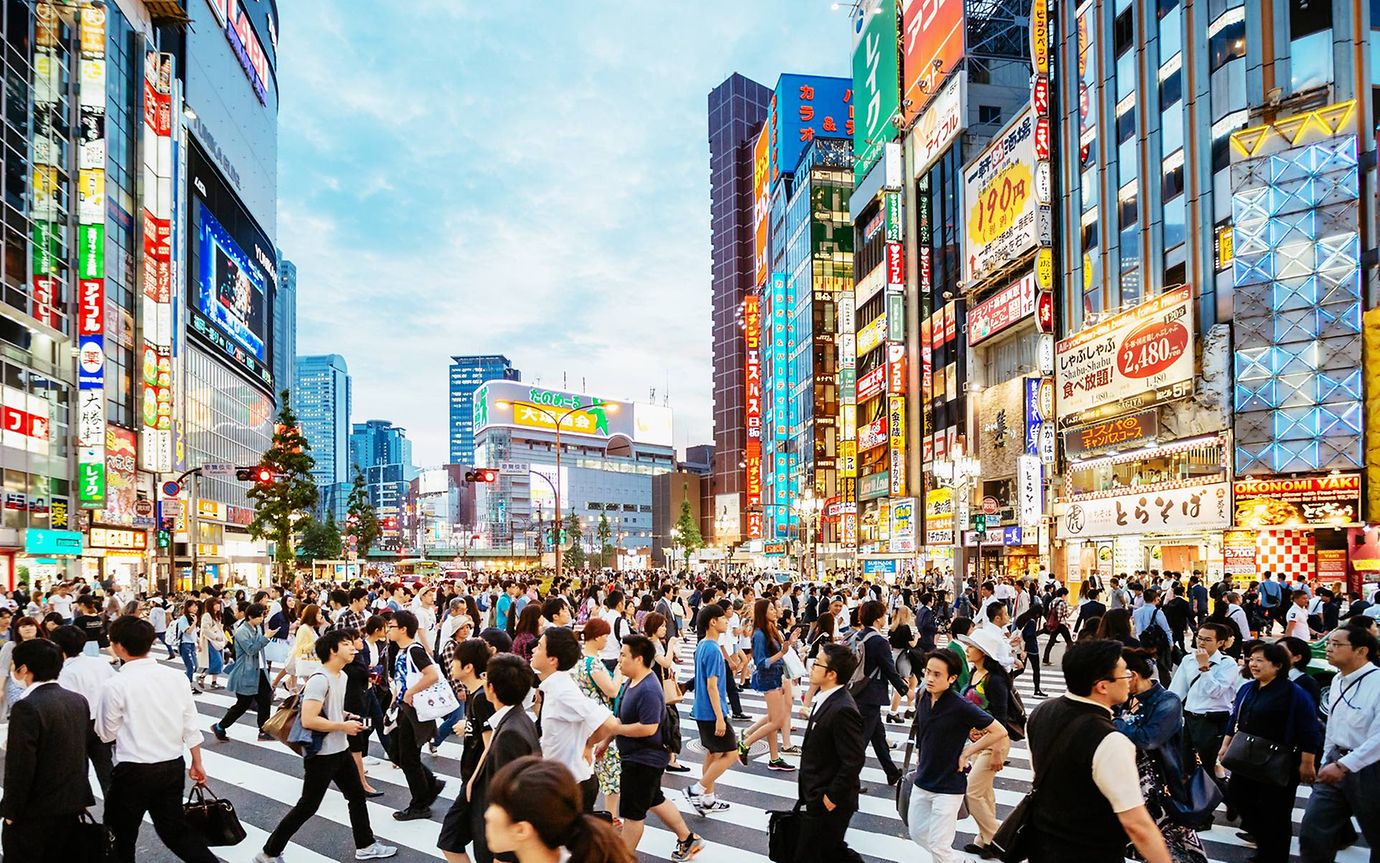在此处更改您的语言和 LGT 位置。
私人客戶的數碼平台
登錄 LGT SmartBanking
金融中介機構的數碼平台
登錄 LGT SmartBanking Pro
解答常見問題 (FAQ)
LGT SmartBanking 幫助
解答常見問題 (FAQ)
LGT SmartBanking Pro 幫助
The global economy is in the stranglehold of inflation as central banks end the era of cheap money. What makes Japan the notable exception?

Inflation: hardly anything else occupies economists and business journalists as this does. In a new edition of our "3 Questions for ..." series, Ivan Goh explains a remarkable outlier in the global economy: Japan.
Compared to the USA and many countries in Europe, Japan's inflation remains tame. Goh, Chief Investment Strategist at LGT Bank in Hong Kong, explains why and what it means for competitiveness.
Compared with many developed markets currently struggling with sharply rising prices post-pandemic lockdown, inflation in Japan has been comparatively mild. There are many reasons for this, and it starts with the country's deep-rooted deflationary forces over the last 30 years. This can be traced to an aging population that has been shrinking since around 2010.
This trend has caused the Japanese economy to operate below its potential even when the economy is operating normally as well as ultra-low inflationary expectations and wage growth. Japan's unique corporate culture, which emphasizes job security and life-time employment over job and wage advances, also restrains wage growth.

Japan extended significant fiscal support to the economy during Covid-19. Only a small portion of this supported households. As a result, household purchasing power did not increase to the same extent as in the US or Europe.
Japan, like other parts of Asia, has lagged the West in re-opening its economy. The Japanese government only ended its priority preventive measures in all prefectures in March. Most tourists were not welcome in Japan until October. The gradual re-opening of the economy has boosted domestic consumption but remains lackluster in comparison to other nations. Overall, price pressure remains restrained by unutilised capacity in the economy.
LGT’s experts are always busy analyzing global economic and market trends. Our research publications on the international financial markets, sectors and companies will help you make informed investment decisions.
Though Japan is experiencing the highest rate of inflation in more than 40 years, the impact on the average citizen has been limited so far. It is nothing like the cost-of-living crisis experienced by the West, particularly Europe. Unlike Western developed markets, the sources of Japanese inflation are imported energy commodity and food prices and not a surge in aggregate demand, which remained well contained.
There is little central banks can do against imported inflation. Wage growth is nevertheless likely to pick up further after rising by a stronger rate than the average seen in the last three years prior to the pandemic. But this is largely due to structural labor shortages that was largely already embedded in its economy before the pandemic.

A Reuters poll in August shows that most economists believe that wage growth will not keep pace with inflation this year, so real purchasing power is likely to decrease. There is also an outside chance that a pick-up in wage growth will allow the Bank of Japan (BoJ) to tighten its expansive monetary policy.
Japan has kept monetary policy accommodative because inflation is tamer than elsewhere. As interest rates in the US rose sharply this year and the US dollar strengthened, the weaker yen has significantly hobbled purchasing power in Japan. However, this is a knock-on effect.
The weaker yen, due to the BoJ's accommodative monetary policy, which itself is due to Japan's stubbornly low inflation, means that the country is less competitive than before in attracting foreign workers. This is especially true in comparison with low-income neighbors such as Vietnam and the Philippines, whose economies are rapidly growing.
Research from the International Monetary Fund (IMF) shows that when per-capita GDP exceeds USD 7,000, migration tends to decline as quality jobs at home become available. China crossed this threshold in 2013, and Vietnam surpassed China as the largest group of foreign workers in Japan in 2019. For foreign investment such as those that require manual labor, Japan's worker shortage may prove to be an obstacle.
Header visual: © iStock/ongyuan.